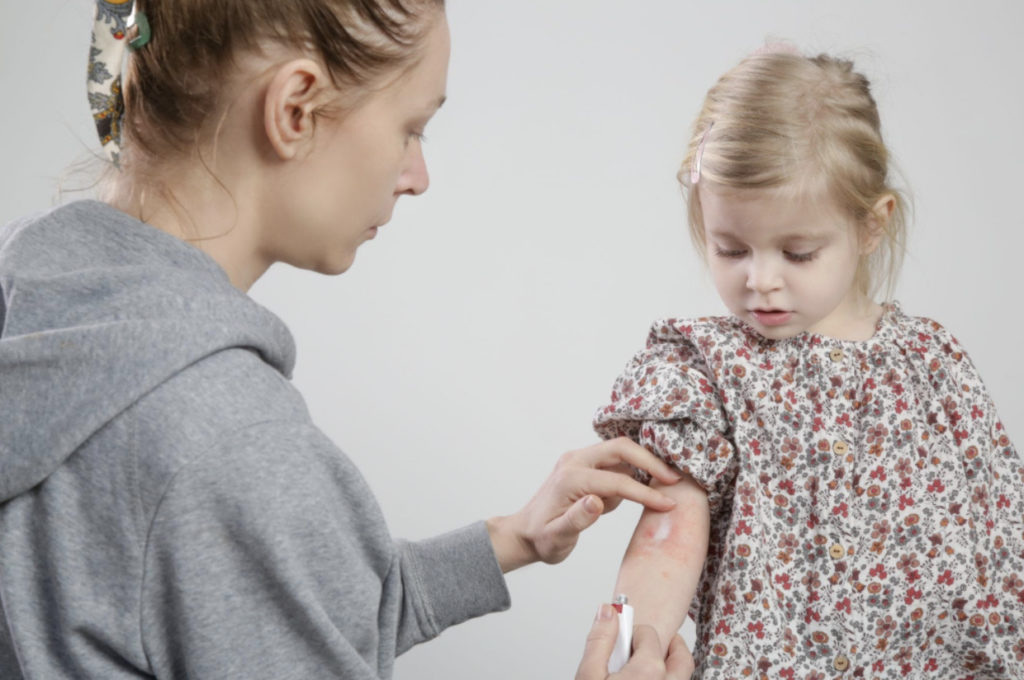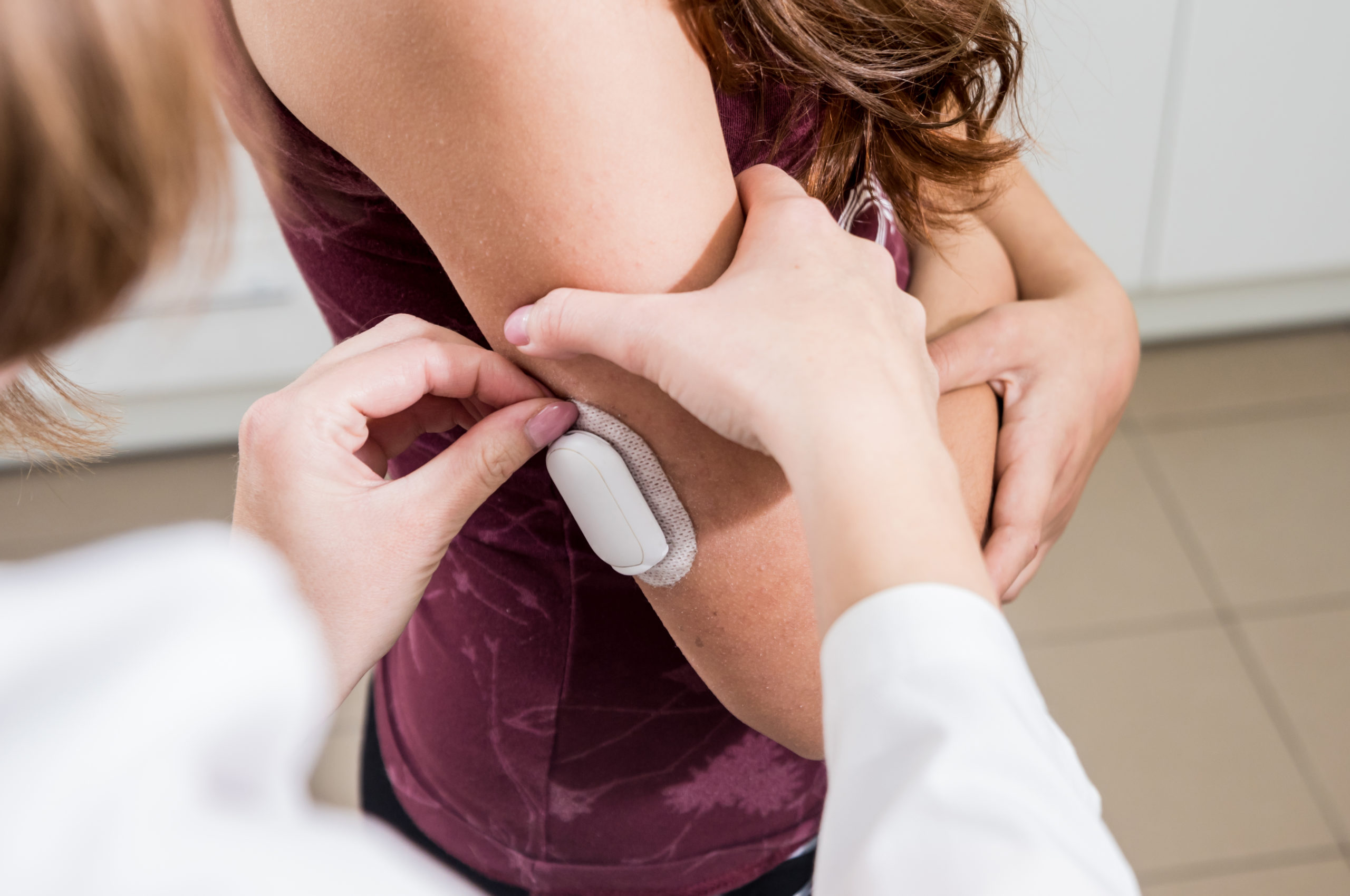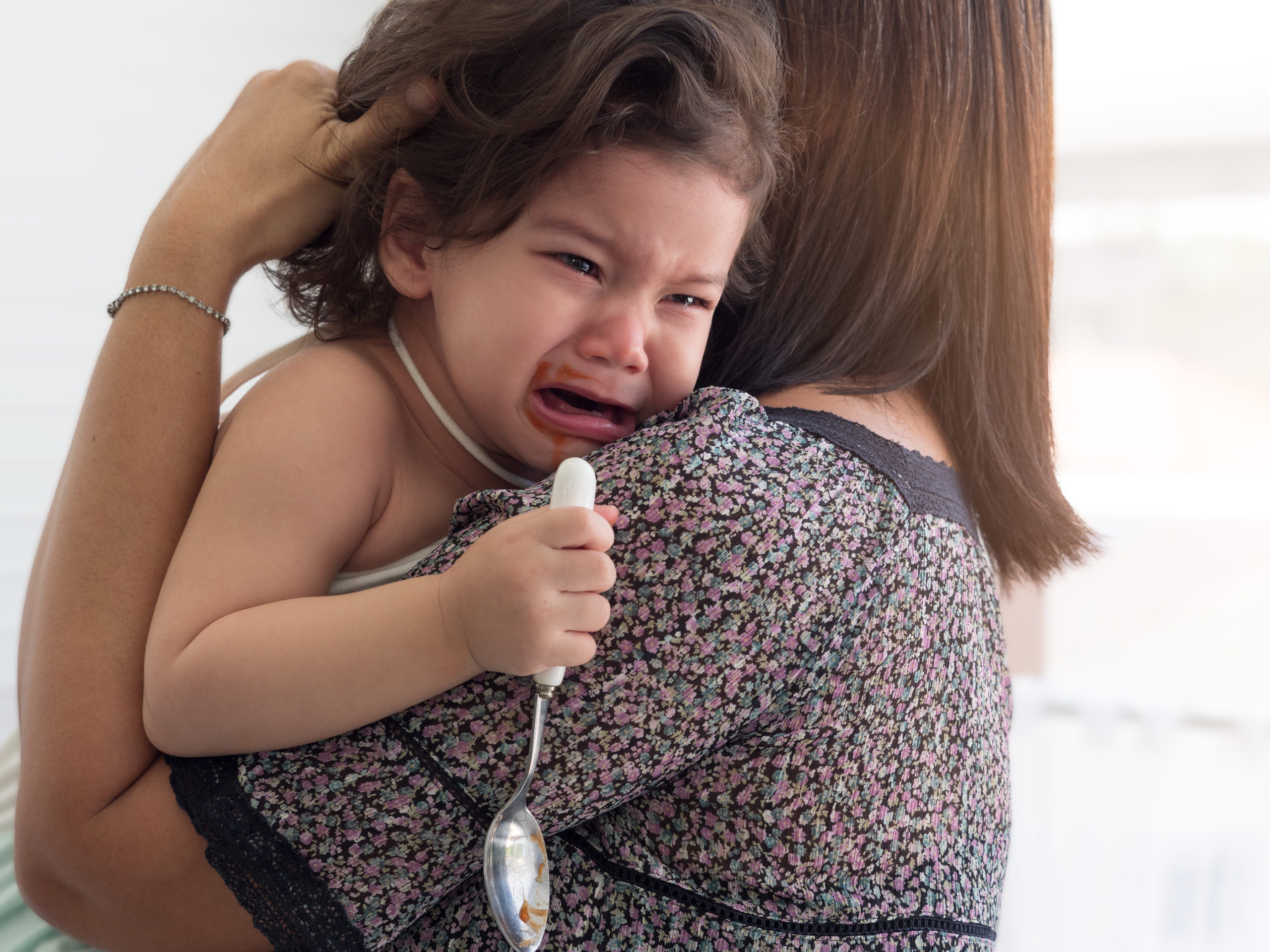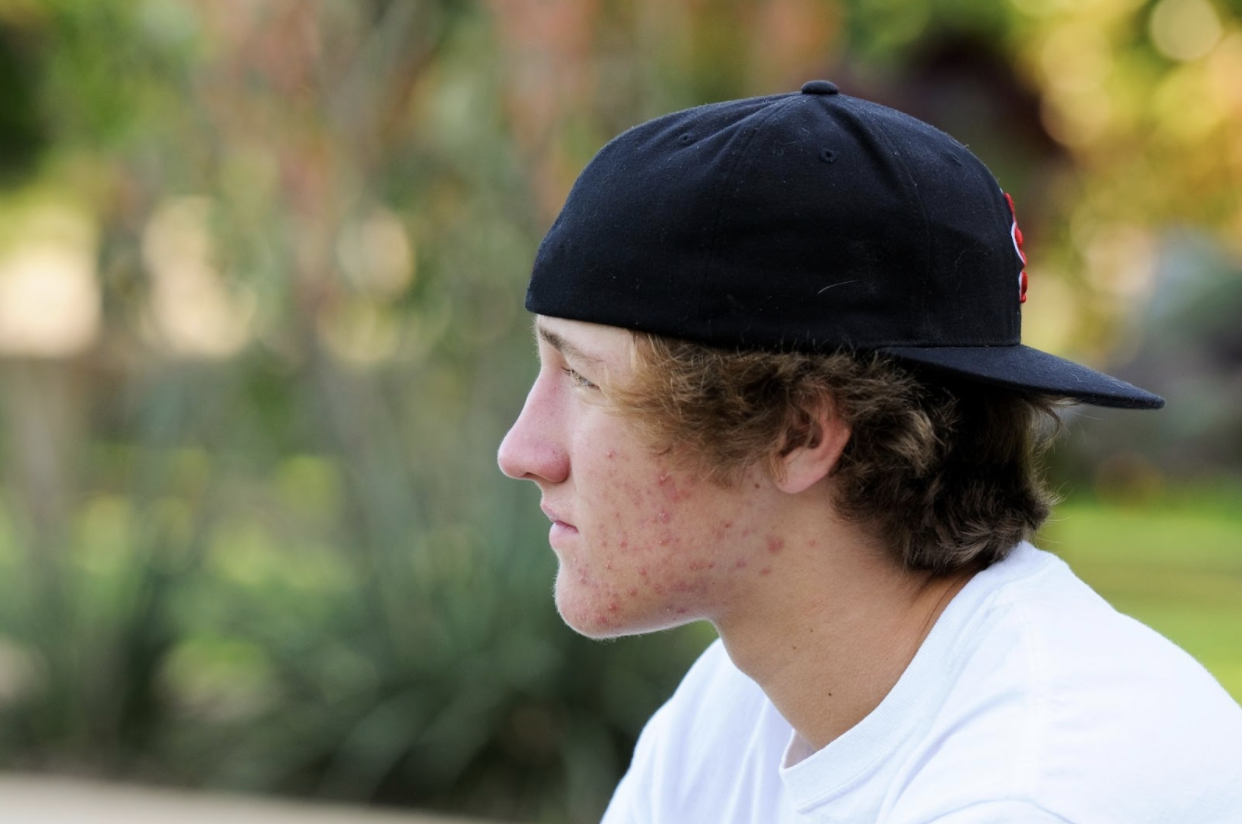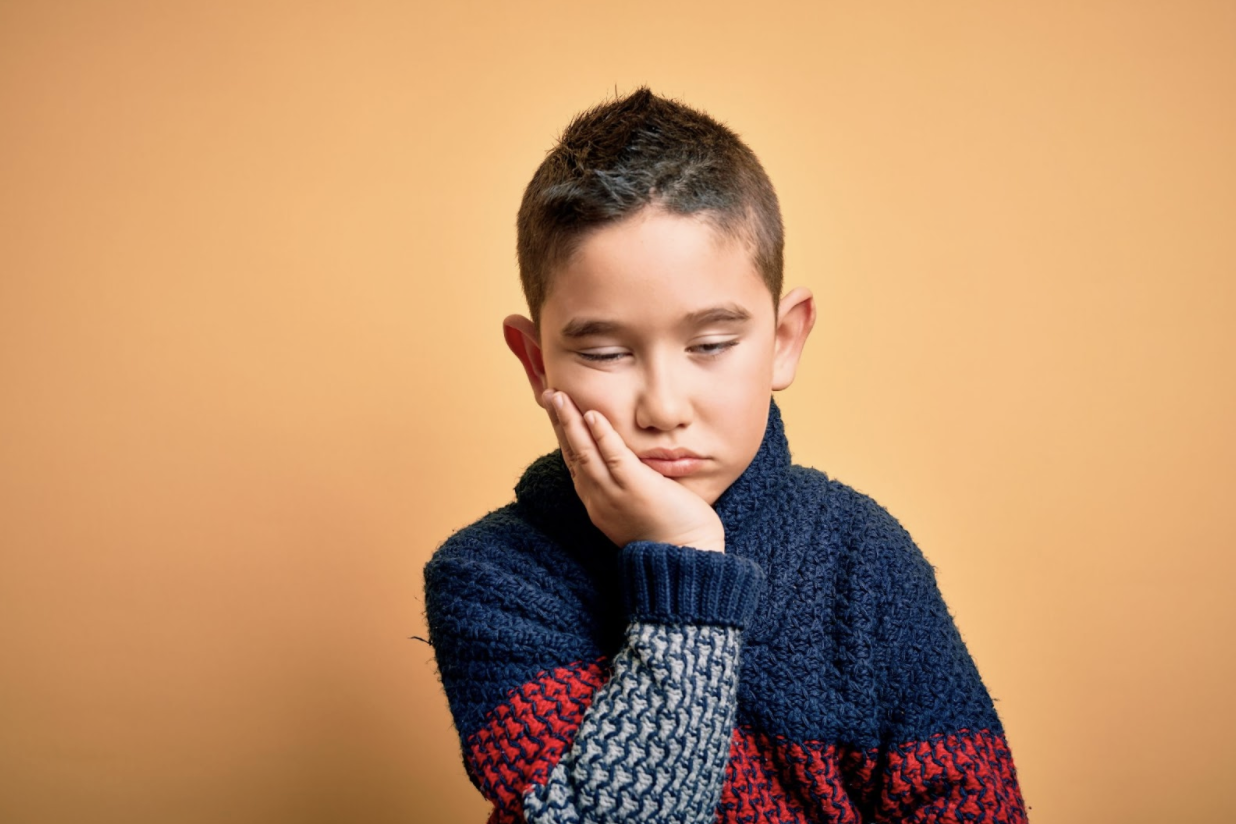Kids have extremely sensitive skin, so finding a dry patch, pinkish blotch, or bump on your child is more common than uncommon. It’s rarely a reason for panic and often can be traced back to simple, everyday skin irritants. If your child is experiencing some light pinkish-red, itchy skin irritation without any additional symptoms (fever, cough, congestion, sore throat, vomiting), it’s more than likely one of the following skin conditions.
5 Common Childhood Skin Conditions
1. Contact Dermatitis Skin Conditions
A simple skin reaction to direct exposure of some type of irritating substance. Many of the most common irritants include Triclosan, fragrant lotions, soaps or wipes, laundry detergent, dryer sheets, fabric softener, cleaning products, and certain types of clothing/fabrics.
Triclosan is an ingredient added to many consumer products intended to reduce or prevent bacterial contamination. It is added to some antibacterial soaps and body washes, toothpaste, and some cosmetics—products regulated by the U.S. Food and Drug Administration (FDA). It’s been known to cause skin irritations.
2. Heat Rash or Prickly Heat
Heat Rash or Prickly Heat is most common in babies and young toddlers. It’s caused by blocked sweat glands, which results in a red pimply eruption on the head, neck, tummy, or legs. It’s important to dress your infant appropriately (not too hot and not too cold) to prevent the eruption.
Generally, heat rash resolves on its own. You can help get rid of heat rash quickly by keeping your baby out of the sun for a few days, allow him or her to play in a diaper only, or wear very cool, loose-fitting clothing.
3. Atopic Dermatitis (Eczema)
Common in children with allergies and asthma, Atopic Dermatitis or Eczema, appears as an itchy red patch, which may show up anywhere, but it typically shows up on the cheeks, elbow area, or around the knees. Using lubricating lotions, ointments, or creams usually improves the symptoms, but sometimes topical steroids are required.
4. Ringworm
Ringworm has nothing to do with worms. It’s a fungus that infects the skin and causes a scaly and bumpy red patch to form on the infected area. If your child’s skin irritation resembles fig. 4, you’ll need to call your pediatrician. Typically, an OTC anti-fungal will do the trick, but on occasion, a prescription is needed to knock it out. Ringworm is contagious, so you’ll likely be asked to limit your child’s skin-to-skin contact with others for a few days.
5. Diaper Rash or Yeast
Diaper rash is a common form of inflamed skin (dermatitis) that appears as a patchwork of bright red skin on your baby’s bottom. Wet or infrequently changed diapers, skin sensitivity, and chafing can all cause this type of skin irritation. Diaper rash usually clears up with simple at-home treatments, such as air drying, more frequent diaper changes, and ointment. Be sure to choose a diaper rash cream with zinc oxide to help clear away the irritation faster.
Schedule An Appointment
Many childhood skin irritations clear on their own. If your over-the-counter cream or ointment is not working, and your child is experiencing a persistent skin issue (more than 10 days), it’s time to call your pediatrician. Sometimes a prescription steroid-based ointment is required to help knock out a particularly itchy and persistent rash. You can schedule an appointment with Thrive Pediatrics here or by calling our office directly.
If you liked this Thrive Pediatrics blog, check out these other related articles:
–Your Guide to Thrive Pediatrics Telehealth Visits
–7 Ways to Naturally Soothe Summer Rashes, Bug Bites & Stings
